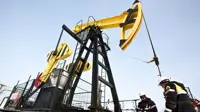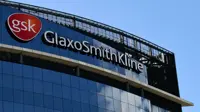Engineers boost computer processor performance by over 20 %
08 Feb 2012
Researchers from North Carolina State University have developed a new technique that allows graphics processing units (GPUs) and central processing units (CPUs) on a single chip to collaborate – boosting processor performance by an average of more than 20 per cent.
''Chip manufacturers are now creating processors that have a 'fused architecture,' meaning that they include CPUs and GPUs on a single chip,'' says Dr. Huiyang Zhou, an associate professor of electrical and computer engineering who co-authored a paper on the research.
''This approach decreases manufacturing costs and makes computers more energy efficient. However, the CPU cores and GPU cores still work almost exclusively on separate functions. They rarely collaborate to execute any given program, so they aren't as efficient as they could be. That's the issue we're trying to resolve,'' sayd Dr Zhou.
GPUs were initially designed to execute graphics programs, and they are capable of executing many individual functions very quickly. CPUs, or the ''brains'' of a computer, have less computational power - but are better able to perform more complex tasks.
''Our approach is to allow the GPU cores to execute computational functions, and have CPU cores pre-fetch the data the GPUs will need from off-chip main memory,'' Zhou says.
''This is more efficient because it allows CPUs and GPUs to do what they are good at. GPUs are good at performing computations. CPUs are good at making decisions and flexible data retrieval.''
In other words, CPUs and GPUs fetch data from off-chip main memory at approximately the same speed, but GPUs can execute the functions that use that data more quickly. So, if a CPU determines what data a GPU will need in advance, and fetches it from off-chip main memory, that allows the GPU to focus on executing the functions themselves - and the overall process takes less time.
In preliminary testing, Zhou's team found that its new approach improved fused processor performance by an average of 21.4 per cent.
This approach has not been possible in the past, Zhou adds, because CPUs and GPUs were located on separate chips.








.webp)












